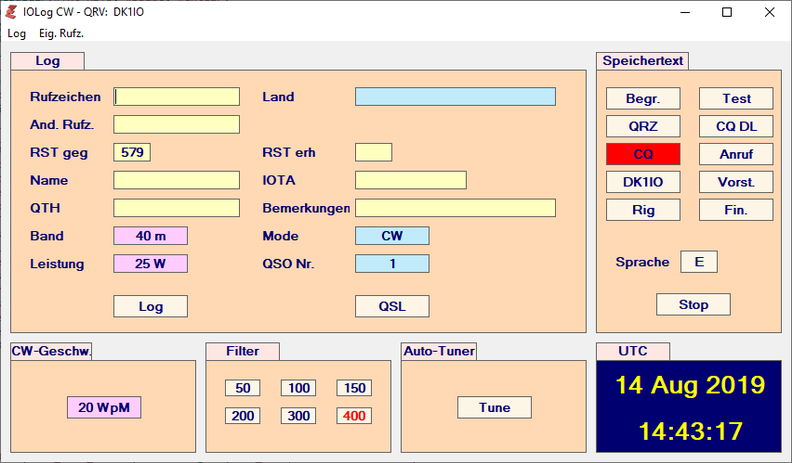
It doesn't store data as specific records as you may see in see an old DBF table, so one record cannot be locked. If you attempt a lock on a record, depending upon the record size it may lock 2 or ten or whatever, of what you see as individual records. I could never quite see the point in locking a table in a normalised database of tables. Whilst it has table locking it doesn't have record locking, as it locks blocks of data. I successfully used it for many years as a shared database at hundreds of different sites, over networks and remote desktops. It is a multi-user database, well insofar as 80+ users can be considered mutil-user. Methinks you are wrong regarding your note about MS Access. Perhaps I should include this in the documentation? All the rest of the code should work the same. It looks like all we have to do is change the UseODBCDatabase() statement to UseSQLiteDatabase(). Can this be done with SQLite?įortunately, PureBasic makes switching very easy.

I know Access is not designed as a multi-user database, but it does do row and table locking, so as long as the volume is not high and the application is not mission-critical, you can put an Access database on a shared drive and use it within departments and small offices.

Of course I know about SQLite, but I have never worked with it. Thank you, and yes, I went around and around about what database to use.

#Purebasic datenbank how to#
Not all users know how to install a DSN or even the correct version of the ODBC driver (32-bit and 64-bit versions are not compatible) I think it would be interesting to modify the example so that it is completely autonomous using for example SQLite rather than ODBC access on an. Drag this file to the location of your choice,Īnd then use the ODBC control panel to create a System DSN or a User DSN called dsContacts that The zip file contains a blank database called contacts.mdb.


 0 kommentar(er)
0 kommentar(er)
